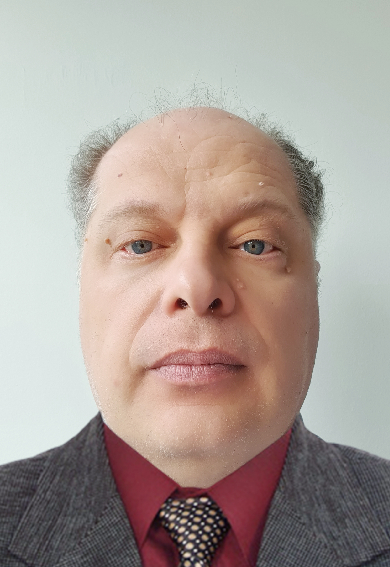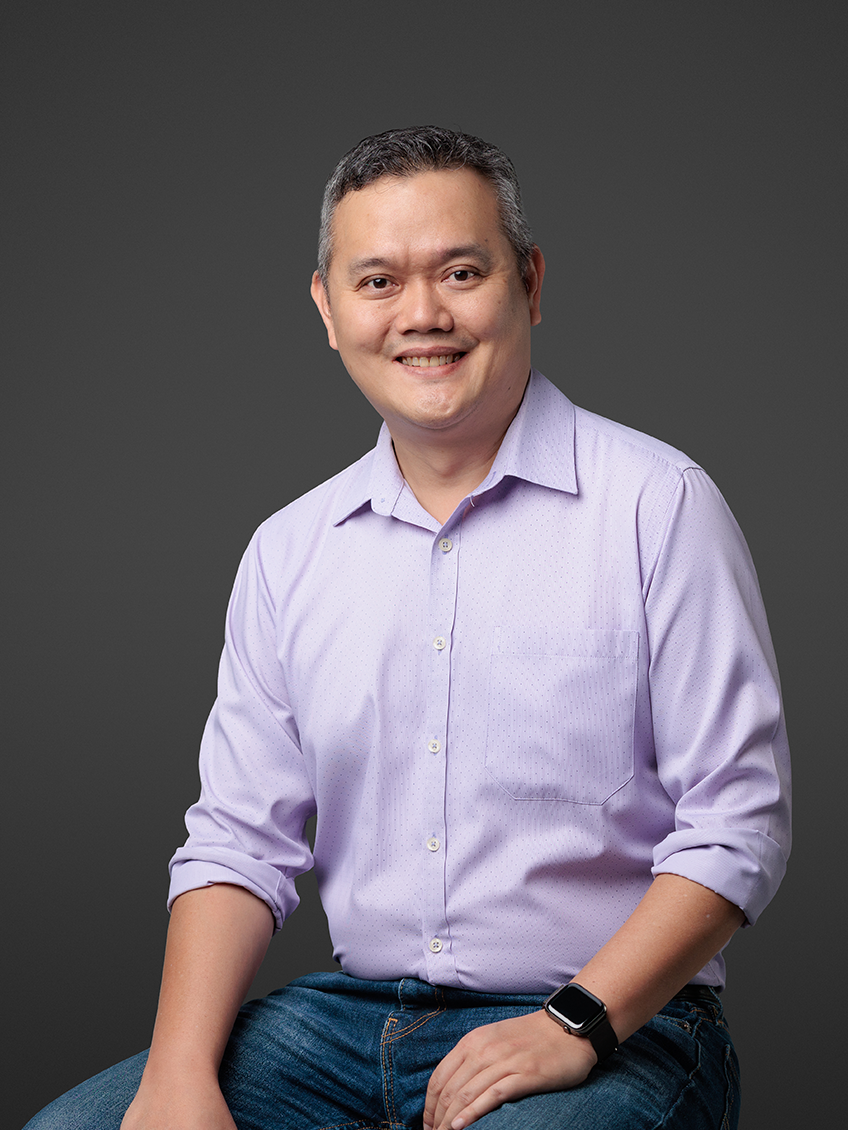Keynotes

Prof. Fadi Dornaika
University of the Basque Country (UPV/EHU), and IKERBASQUE, San Sebastian Spain
Advancing Medical Image Analysis
Abstract: This talk will present advanced deep learning techniques tailored for medical image analysis, with a focus on my recent research contributions. Four key tracks will be covered:
- Superpixels-based Data Augmentation – A generic augmentation framework leveraging superpixels to enhance medical image segmentation performance.
- Angular Margin-based Softmax Losses – Advanced loss functions designed to improve classification accuracy in medical imaging tasks.
- Infection Severity Assessment – Deep learning methods for quantifying the severity of lung infections from X-ray and CT scans.
- Hybrid Segmentation Architectures – Novel architectures that combine multiple learning paradigms for more accurate medical image segmentation.
Speaker: Fadi Dornaika is an Ikerbasque Research Professor with a distinguished academic and research career in computer vision, pattern recognition, and machine learning. He earned his Ph.D. from INRIA (France) in 1995, where his doctoral research focused on geometric modeling for the integration of vision and robotics. Prior to joining IKERBASQUE, he conducted pioneering research at renowned institutions across Europe, Canada, and China.
His research spans a wide range of topics, including computer vision, image processing, pattern recognition, and machine learning. His current interests focus on multi-view clustering, scalable and structured semi-supervised learning, and deep learning, particularly in applications related to medical image analysis.
Professor Dornaika has been recognized among the top 2% of scientists worldwide, according to Stanford University’s most recent citation-based rankings (September 2024, DOI: 10.17632/btchxktzyw.7), based on both career-long and single-year (2023) scientific impact.
He has authored over 450 scientific publications, including more than 200 journal articles in leading venues such as IEEE Transactions on Robotics and Automation, IEEE Transactions on Cybernetics, IEEE Transactions on Neural Networks and Learning Systems, IEEE Transactions on Image Processing, Information Fusion, Pattern Recognition, Artificial Intelligence Review, Knowledge-Based Systems, Neural Networks, International Journal of Computer Vision, and International Journal of Robotics Research.

Prof. Byung Seok Shin
Inha University, South Korea
Toward Human Digital Twin using AI technologies
Abstract: One of the most prominent areas of interest in recent artificial intelligence research is digital twins. A digital twin is a technology that enables the perfect replication of the real world in a virtual space, allowing interactions that occur in the real world to be reproduced within the virtual environment. Just as humans are at the center of the real world, the main focus in the digital twin is also on the creation of meta-humans—clones of real humans. However, recent research has primarily focused on realistically representing human appearance and behavior, which is suitable for entertainment applications such as games, movies, and advertisements. This approach, however, does not fully align with the original intent of the digital twin—to simulate not only the external form but also the internal physical and psychological aspects of humans, and to enable interaction within virtual environments. Our research group aims to conduct foundational research to generate advanced meta-humans by integrating artificial intelligence with computer graphics and computer vision technologies. The goal is to model not only the external shape of humans, but also their physical, physiological, and psychological inner characteristics. As an empirical case, the project will establish a scalable framework for meta-silvers (elderly individuals) and meta-patients (patients), taking into account the unique traits of socially vulnerable populations. By doing so, the effectiveness of the research can be validated, and the framework can be expanded through various follow-up studies, ultimately leading to technologies applicable in the bio-medical and silver industries.
Speaker: Byung-Seok Shin received his B.S (1990), M.S (1992), and Ph.D (1997) degree in Computer Engineering from Seoul National University Korea. Now he is a professor in the Department of Computer and Information Engineering at Inha University Korea. Also he is as a president of the Korean Institute of Information Scientists and Engineers (KIISE) which is the most famous academic society in computer science and engineering field in Korea. From 2016 to 2017, I served as the president of the Korea Computer Graphics Society, a professional academic organization in the field of computer graphics. From 2023 to 2024, I served as the president of the Korea Next Generation Computing Society, a professional academic organization in the fields of wearable computing and cloud computing. More recently, I contributed to the establishment of the APAC (Asia Pacific Alliance for Computing) by collaborating with professional academic organizations in software and computing from Korea, China, Japan, Hong Kong, and Singapore, helping to build an academic network among Northeast Asian countries. His research interests include AI-based Medical Imaging, Volume Visualization, and Real-time Rendering. He is also a member of IEEE and ACM.

Assoc. Prof. U-Xuan Tan
Singapore University of Technology and Design, Singapore
Healthcare Automation Innovation Journey
Abstract: Healthcare systems around the world are facing growing demands for efficiency and yet, maintain the quality of care. With the simultaneously experiencing workforce shortages and rising operational pressures, automation and robotics is a potential transformative solution to address these challenges. In this presentation, I will share some of my innovation journey in healthcare automation, with examples like nurse-robot teaming for the delivery of commodes and the development of an autonomous robot for disinfection in the ward for patients with communicable disease. The first highlights how robots can support frontline nursing staff by reducing physical work and freeing time to focus on direct patient care. The second demonstrates the potential of robotic systems to reduce the manpower required and yet maintain infection control. Together, these efforts illustrate a broader vision of how robotics can contribute to create a more sustainable healthcare environment.
Speaker: U-Xuan Tan received the B.Eng. degree in mechanical and aerospace engineering and the Ph.D. degree in mechatronics from Nanyang Technological University, Singapore, in 2005 and 2010, respectively.,From 2009 to 2011, he was Post-Doctoral Researcher at the University of Maryland, College Park, MD, USA. From 2012 to 2014, he was a Lecturer with Singapore University of Technology and Design, Singapore, where he took up a research intensive role as an Assistant Professor in 2014, and has been promoted to an Associate Professor since 2021. He is currently the Chair of the SUTD Institutional Review Board and is also a Senior Visiting Academician with the Changi General Hospital. His research interests include robotics & automation, mechatronics, on-site sensing and control, healthcare automation, and interdisciplinary teaching.
